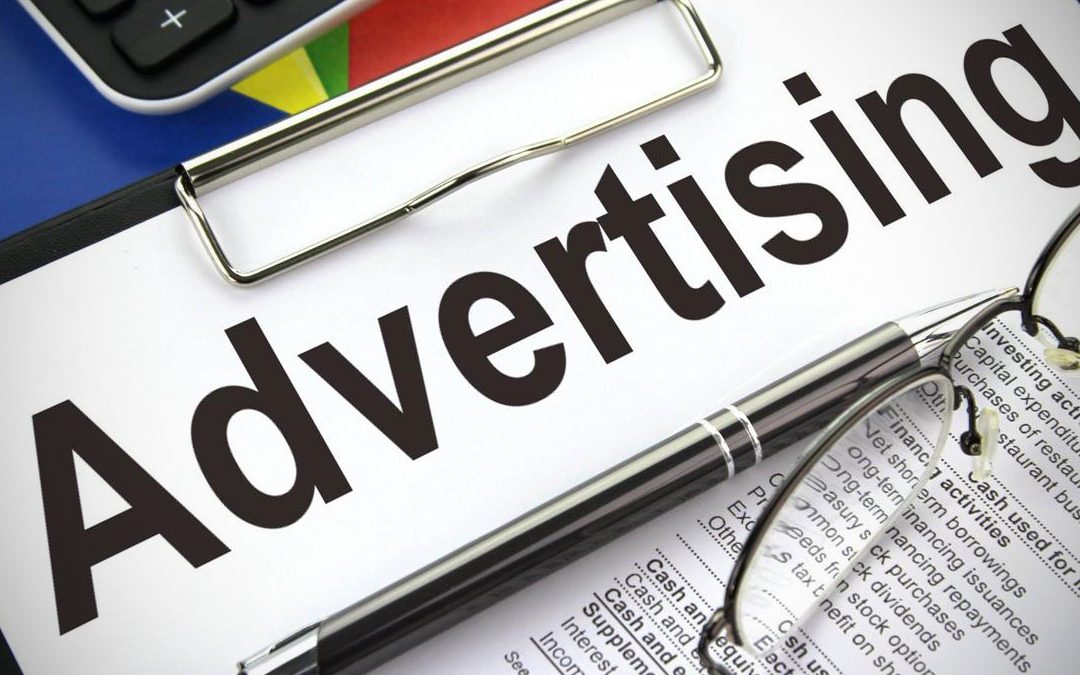Title: Picking Your Advertising – The 4 Main Types Of Advertising
Advertising is everywhere. In this day and age, it can feel almost impossible to make it through a day without seeing one form of advertising or another. In fact, recent studies have suggested that the average person can see upwards of 4,000 or 5,000 ads per day in one form or another. Although this might seem like an excessive number of ads from a consumer’s standpoint, it also demonstrates just how important advertising has become to businesses. If a company is going to succeed, they need to be advertising in order to get noticed by consumers.
The tricky part is figuring out exactly how to get your ads out there where they can be noticed. With that many ads circling in front of consumers’ eyes every day, the greatest challenge for advertising is figuring out how to cut through all of the other clutter. To a business owner who is already trying to deal with everything else involved with running a business, this might seem like an overwhelming task.
If anyone ever finds themselves in this position, a good place to start is figuring out what kind of advertising would be best for your business. Check out the main kinds of advertising below:
Print Advertising:
Many people might consider this kind of advertising the traditional advertising. It includes ads in newspapers, magazines, catalogues, leaflets, pamphlets and more. They can vary in size, shape, level of detail, etc., and often try to catch consumers while they are doing a leisure time-kill activity like reading a magazine or newspaper. The distribution size of the different forms of print media make it so that your ads are seen by a large number of people and therefore provide your company with a good amount of exposure, but these people may not always be the most receptive to your brand or product.
Media Advertising:
Another extremely well-known form of advertising is media advertising. This involves TV commercials and radio ads. Again, ad length and level of detail can vary greatly depending on where and when you are advertising within this form, but the main goal is similar to Print Advertising. These ads are trying to catch attention while consumers are participating in a leisure activity so that consumers will hopefully remember your brand or product later on. Media advertising can also provide a large amount of exposure depending on which time slots and channels your company purchases, but the audiences cannot be narrowed down much beyond that.
In-Transit Advertising:
These are the kinds of ads that catch consumers while they’re on the go. They can take the shape of Billboards, Signs, Posters, etc., and usually don’t provide much information beyond the company name and the basic point of your advertising campaign. This kind of ad tries to make a big impact on consumers when they have nothing else to do but stare at it as they travel by in hopes that they will remember it the next time they need to make a purchase decision in that industry. While this can give your ad a lot of exposure, there is not much you can do to narrow down your audience. Almost anyone could drive, walk, or ride by and see your ad, whether it applies to them or not.
Digital Advertising:
This form of advertising can include a large variety of online ads: social media ads, search engine ads, website ads, directory ads, and more. Digital Advertising has seen an exponential increase in popularity in recent years as the amount of social media and mobile device use has skyrocketed. According to a recent study by Comscore, the average person can spend almost 3 hours a day on their mobile phone. This time is spent on websites, apps, social media sites, search engines and more where they can be advertised to almost constantly. There are countless formats of digital advertising ranging from a basic SEM text ad to a full in-app video ad, which can help companies of all kinds get their message across in the most effective way possible. Because there are so many different locations for and kinds of digital ads available, this gives companies a huge amount of reach and exposure. Plus, a very specific kind of audience targeting can be implemented with these ads based on information about the user that has been stored on the websites, apps, and social media apps they are using. This makes it incredibly easy for a company to get the best ad out there in front of the ideal audience for their brand or product.

